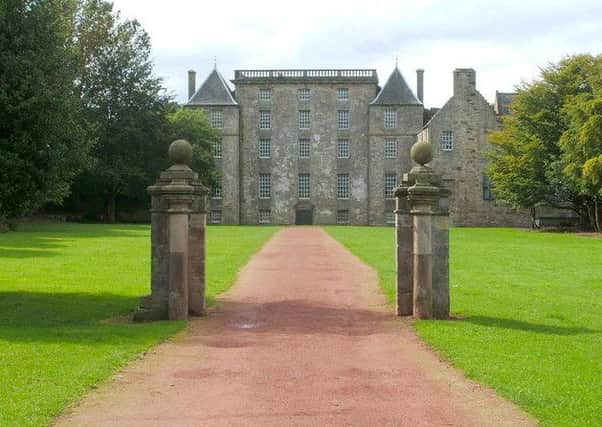Walk of the week: Bo’ness Foreshore, Kinneil House


The foreshore of the town, overlooking the Firth of Forth, is now a haven for wildlife and a good place for a stroll. Away from the town, and a little inland, the history goes back even further at Kinneil House; not only a 17th-century seat of power but before that an area where the Romans built their most northerly fortification, the Antonine Wall which stretched across Scotland.
DISTANCE 5 miles.
HEIGHT CLIMBED 150ft.
TIME 2∫ hours (longer if you explore the site of the Antonine Wall).
MAP OS Landranger 65.
PARK Seaview Place car park in the centre of Bo’ness.
Advertisement
Hide AdAdvertisement
Hide AdIN SUMMARY Head for an old mine winding wheel above the car park. Beyond the wheel, follow a path to a road, which you cross. Go over a railway line – the restored the Bo’ness and Kinneil Railway – and turn left to follow the foreshore.
At a junction of paths go right to walk towards the Kinneil Foreshore nature reserve which was once the site of a colliery and now home to fieldfares, grebes and even the rare avocet. At an information board follow a grass path on the right which leads around the foreshore – if you are tempted to explore a tidal island to the right be aware that the key word is tidal; don’t get cut off.
When the path has looped round to the left go left at a junction. Keep right at the next junction and, almost immediately, go straight ahead, following a blue sign for Kinneil Halt. Drop down to the railway, cross it by a gate and turn right, on to a path. This leads to a car park – go up a road on the other side of it, cross a busier road and continue up in the same direction on the other side. Continue going uphill when you join a second busy road. After about 200 yards go right, following a brown sign for Kinneil House.
Walk all the way along the main drive to the front of the house – once a home for the Dukes of Hamilton – and go through a gap in the wall to the left. This leads to a roofless cottage where James Watt worked between 1769 and 1770 on an engine to pump water from mines. However, his backer Dr John Roebuck, who lived in Kinneil House at the time, went bankrupt and Watt left to work with Matthew Boulton in Birmingham. From there his invention proved its worth, becoming a marvel of the world.
Continue ahead to cross a burn and explore the site of the Antonine Wall if you fancy a longer stroll. To return, walk round the back of the house to emerge on the main drive near Kinneil Museum. Retrace your steps to the point after recrossing the railway for the first time – go right here to shorten the route back.
REFRESH There are number of places in Bo’ness.
WHILE YOU ARE IN THE AREA The Bo’ness and Kinneil Railway offers trips on steam trains and a large collection of engines and carriages. There is also a café (www.srps.org.uk/railway).
Kinneil House will be open on a few selected days during 2014 – there is also a museum telling you about the rich history of the estate (kinneil.wordpress.com).